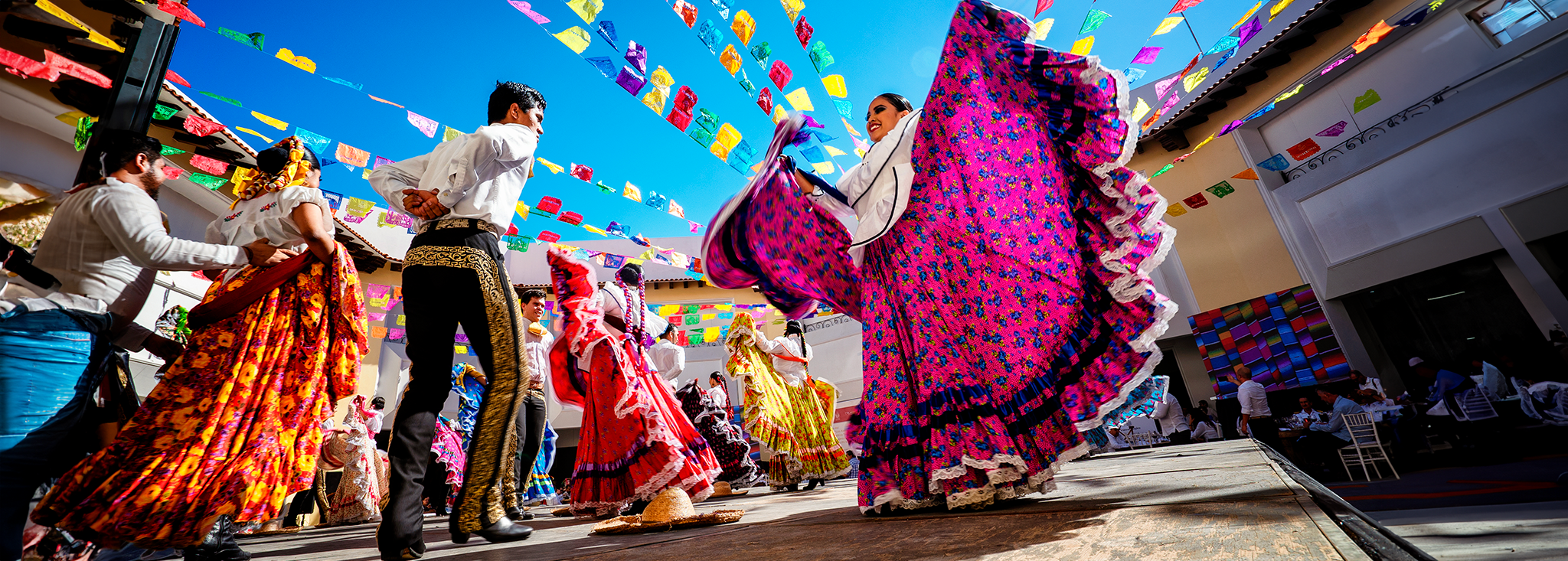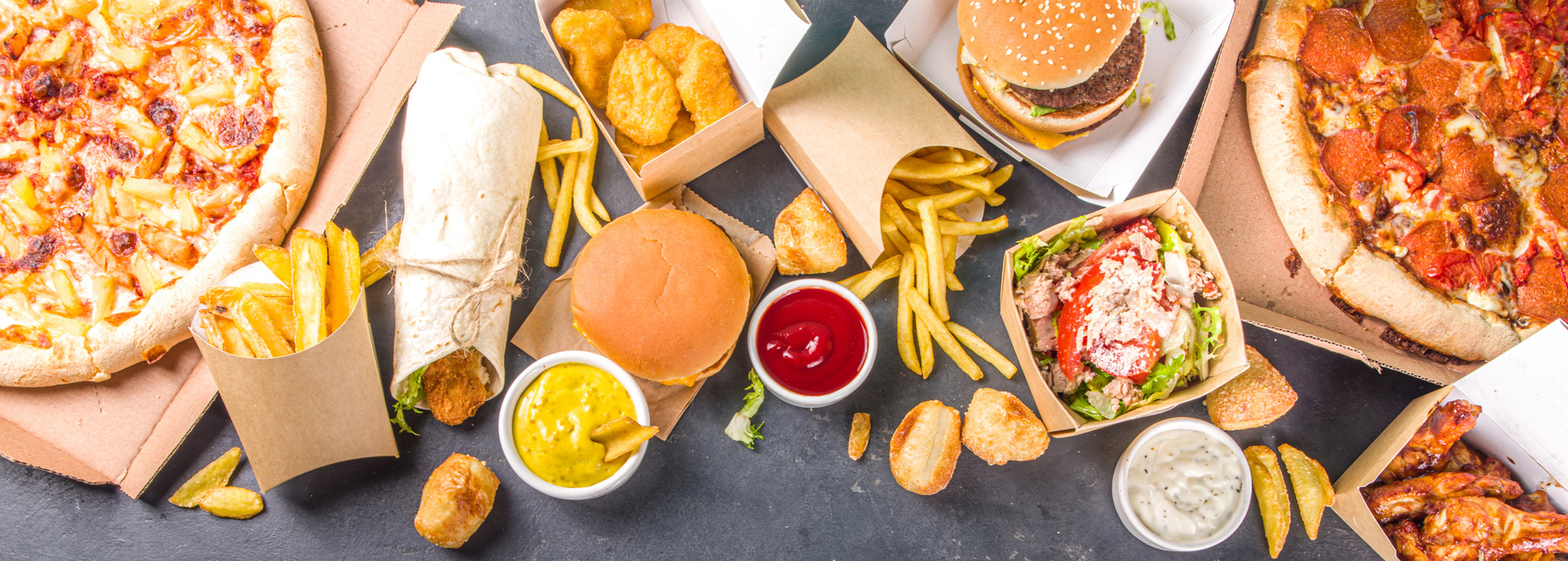T1D & Celiac Disease
Written by: Beyond Type 1 Editorial Team
3 minute read
June 10, 2015
10% of the population with Type 1 diabetes also have celiac disease. Celiac disease is an autoimmune disease in which suffers are unable to eat gluten because it causes their body’s immune system to attack its own small intestine. If someone with celiac is undiagnosed and continues to eat gluten on a regular basis, the small intestine becomes unable to properly absorb nutrients. A few of the common symptoms specific to celiac disease are abdominal pain, diarrhea or constipation, delayed growth in children, canker sores, difficulties with fertility, and weight loss. There is no cure for celiac disease, however, avoiding gluten will stop the autoimmune attack.
Editor’s Note: This content has been verified by Marina Basina, MD, a clinical associate professor at Stanford University. She’s a clinical endocrinologist and researcher with a focus on diabetes management and diabetes technology. Dr. Basina is an active member of multiple medical advisory boards and community diabetes organizations, and she is on the Beyond Type 1 Science Advisory Council.
What is celiac disease?
Among the whole population, celiac disease is relatively rare; only 1 percent of people are diagnosed. However, if you are diagnosed with type 1 diabetes, your risk for getting celiac disease increases tenfold. Therefore, if you have type 1 it is important to stay vigilant about the signs of celiac disease. Celiac can also develop at any time in life, so just because you have tested negative on one screening doesn’t mean that you are ‘safe.’
Celiac disease is a genetic autoimmune disease, not a food allergy, which causes damage to the small intestine and interferes with the absorption of nutrients, when gluten is ingested. The body, in effect, attacks itself when a person with celiac consumes gluten, found in barley, rye and wheat, damaging the lining of the intestine. In some cases, stressful events can trigger the onset of the disease and left untreated, celiac disease can lead to additional serious health problems, such as cancer (lymphoma which is a lymph gland cancer), osteoporosis (bone loss), anemia (low blood count), chronic inflammation of the intestine with scar tissue formation of the intestinal lumen, malnutrition with vitamin deficiencies and various neurological conditions.
Signs and symptoms of celiac disease
- abdominal pain and bloating
- chronic diarrhea
- vomiting
- unusually unstable blood glucose levels
- weight loss, fatigue, irritability
- bruising easily
- itchy skin rash
- growth problems (in children)
- loss of bone density or anemia (in adults)
- N.B. sometimes, you can be asymptomatic and still have celiac disease
Getting a diagnosis
When you are diagnosed with type 1 diabetes, your doctor should also check and see if you have celiac disease. However, as stated before, you can develop celiac disease at any time, so if you think you are exhibiting symptoms of celiac disease, talk to your doctor about your concerns. Your doctor will probably order a blood test in order to screen for celiac disease antibodies. If these blood tests suggest that celiac disease may be present, you may need an endoscopic procedure with a biopsy of the intestinal lining to confirm the diagnosis.
Treatment
Although there is no cure for celiac disease, going gluten free will free those with celiac of the symptoms of the disease. The first step after being diagnosed with celiac is to consider meeting with a dietitian who can help transition your current diabetes meal plan to also fit your new needs. The dietitian will help assess your diet knowledge and needs, provide gluten-free substitutes and diet education, while monitoring and assessing results. As gluten-free diets are becoming increasingly popular, finding gluten-free options at grocery stores and restaurants is easier now than ever. A word of caution, however: because gluten-free foods are sometimes made with highly refined starches they tend to raise blood sugar more than foods containing gluten. Make sure to examine labels closely and look for less refined products!
Check out this list of where to shop for the best gluten-free products.
When dining out be certain to let your server know about your dietary needs ahead of time and always double check your order for cross-contamination. For example, French fries or breakfast potatoes are a gluten free food but some restaurants brush them with flour. When in doubt double check and you may be surprised how accommodating some restaurants will be.
A great website/app for locating restaurants with options is Find Me Gluten Free—with over 2 million community members sourcing and rating locations all over the globe.
Gluten-free Cooking
Long gone are the days of cardboard tasting gluten-free recipes. Tons of gluten-free home cooks are sharing their delicious recipes via food blogs. Some gluten-free options are available for cooking, including:
- potatoes
- brown/white/wild rice
- corn
- quinoa
- coconut flour
- almond meal flour
Most importantly, celiac won’t keep you from enjoying your favorite foods. You just might have to be more creative with your ingredients!

Author
Beyond Type 1 Editorial Team
Beyond Type 1 is the largest diabetes org online, funding advocacy, education and cure research. Find industry news, inspirational stories and practical help. Join the 1M+ strong community and discover what it means to #LiveBeyond a diabetes diagnosis.
Related Resources

Long live Mexico and its culinary art! Hispanic Heritage Month is from September 15th to...
Read more

Fast food has gotten a bad rap for years. For many, the convenience and comfort...
Read more

Back-to-school can mean back to planning meals and snacks for many parents across the world....
Read more

